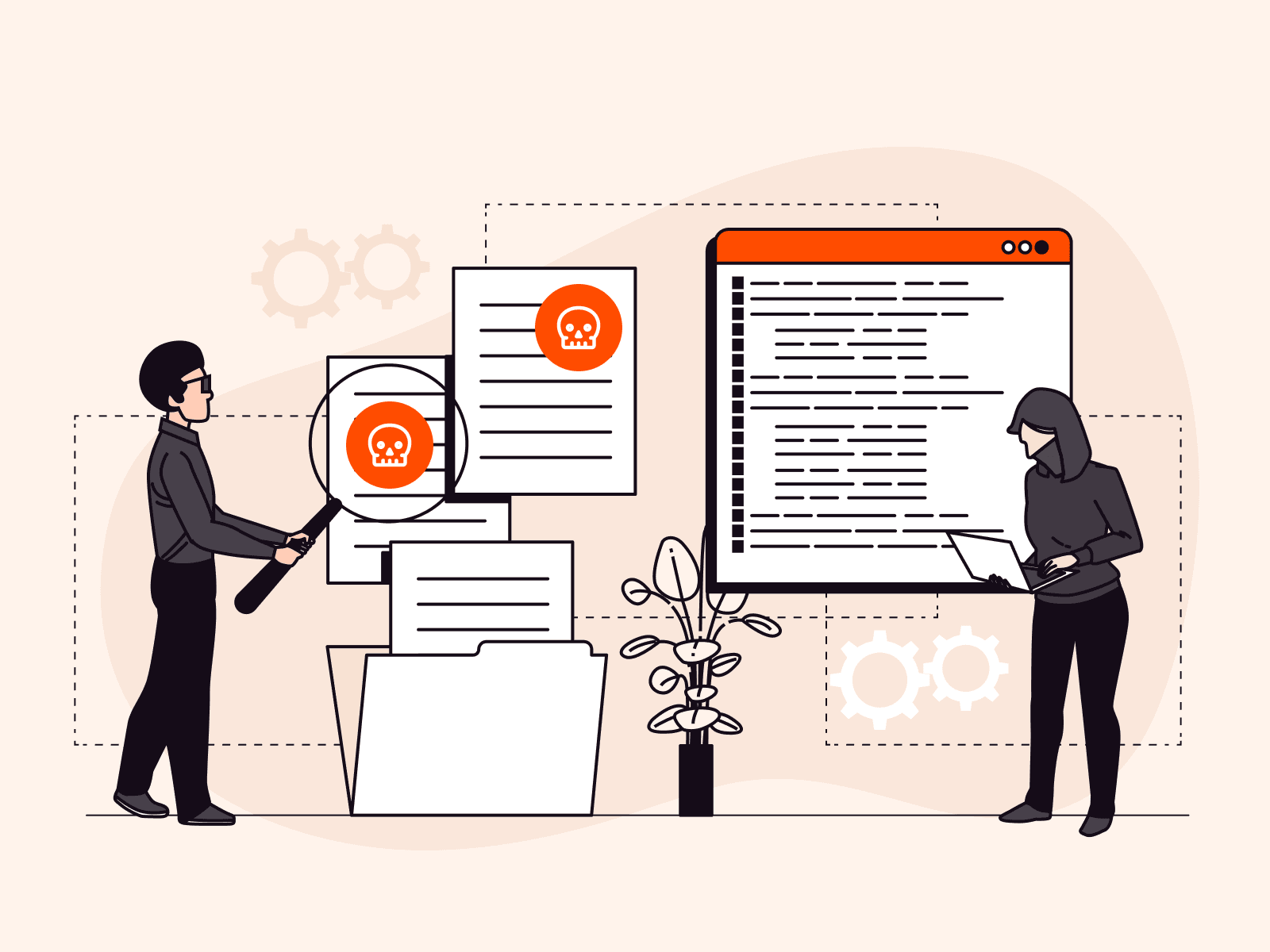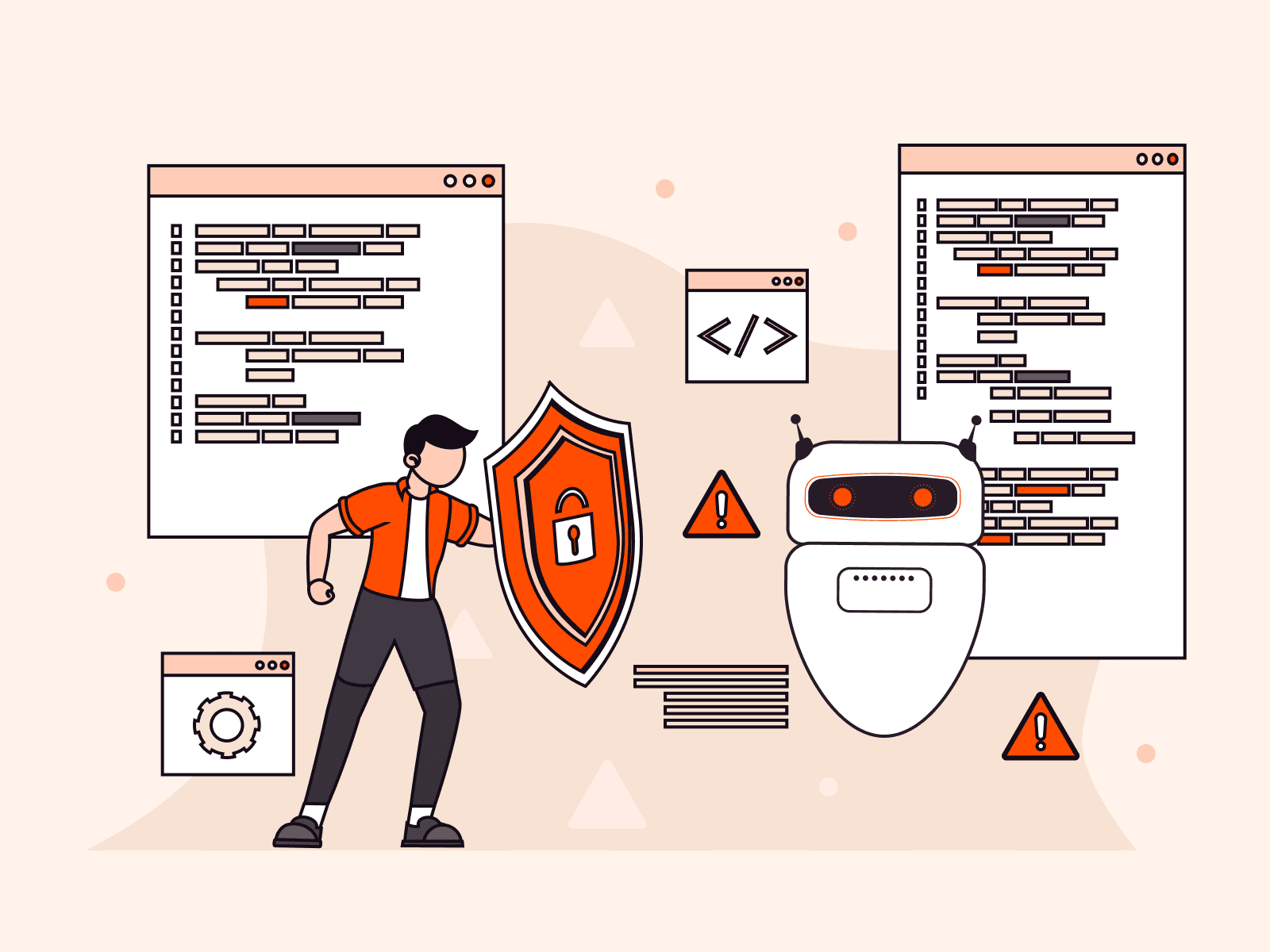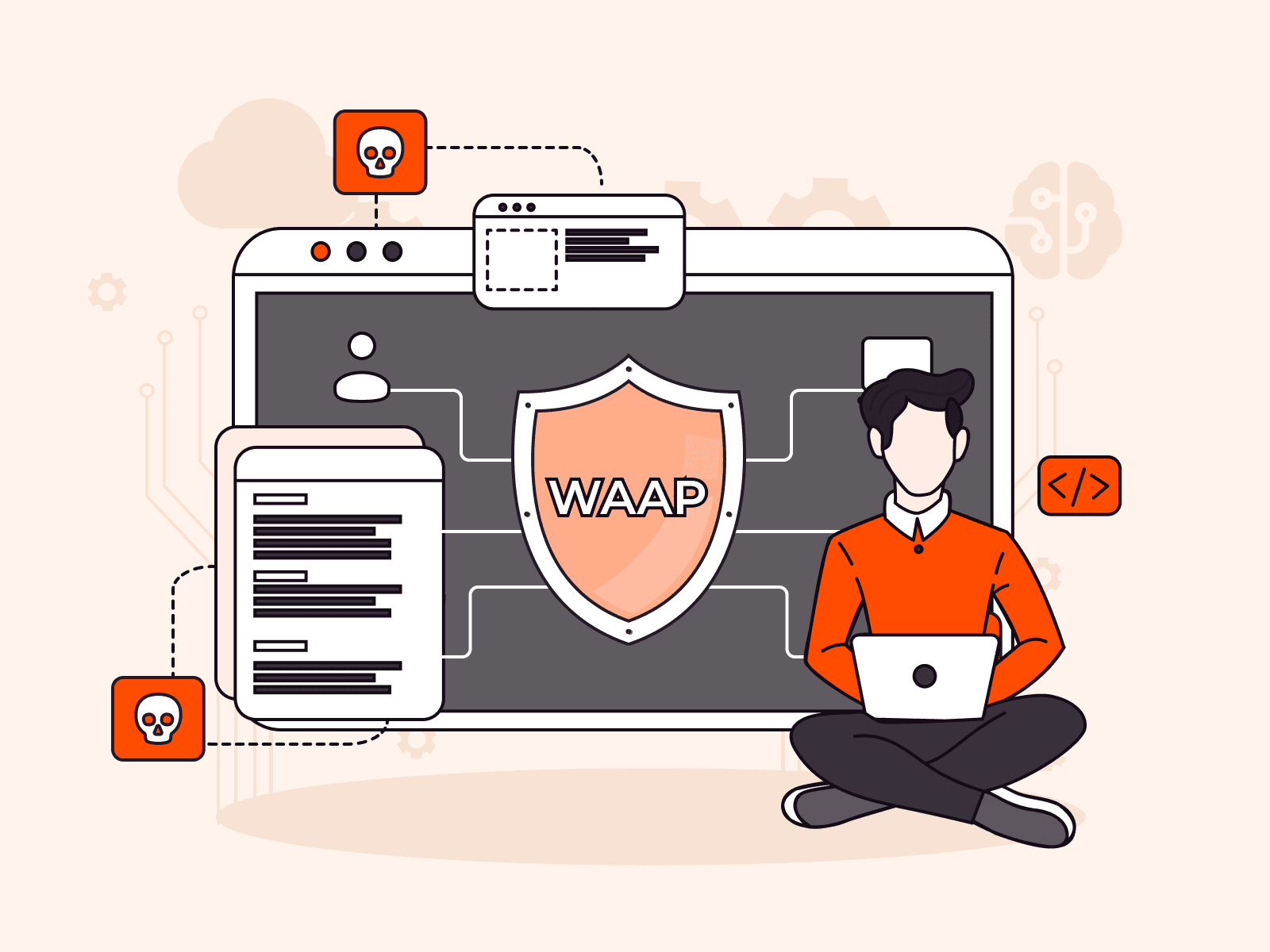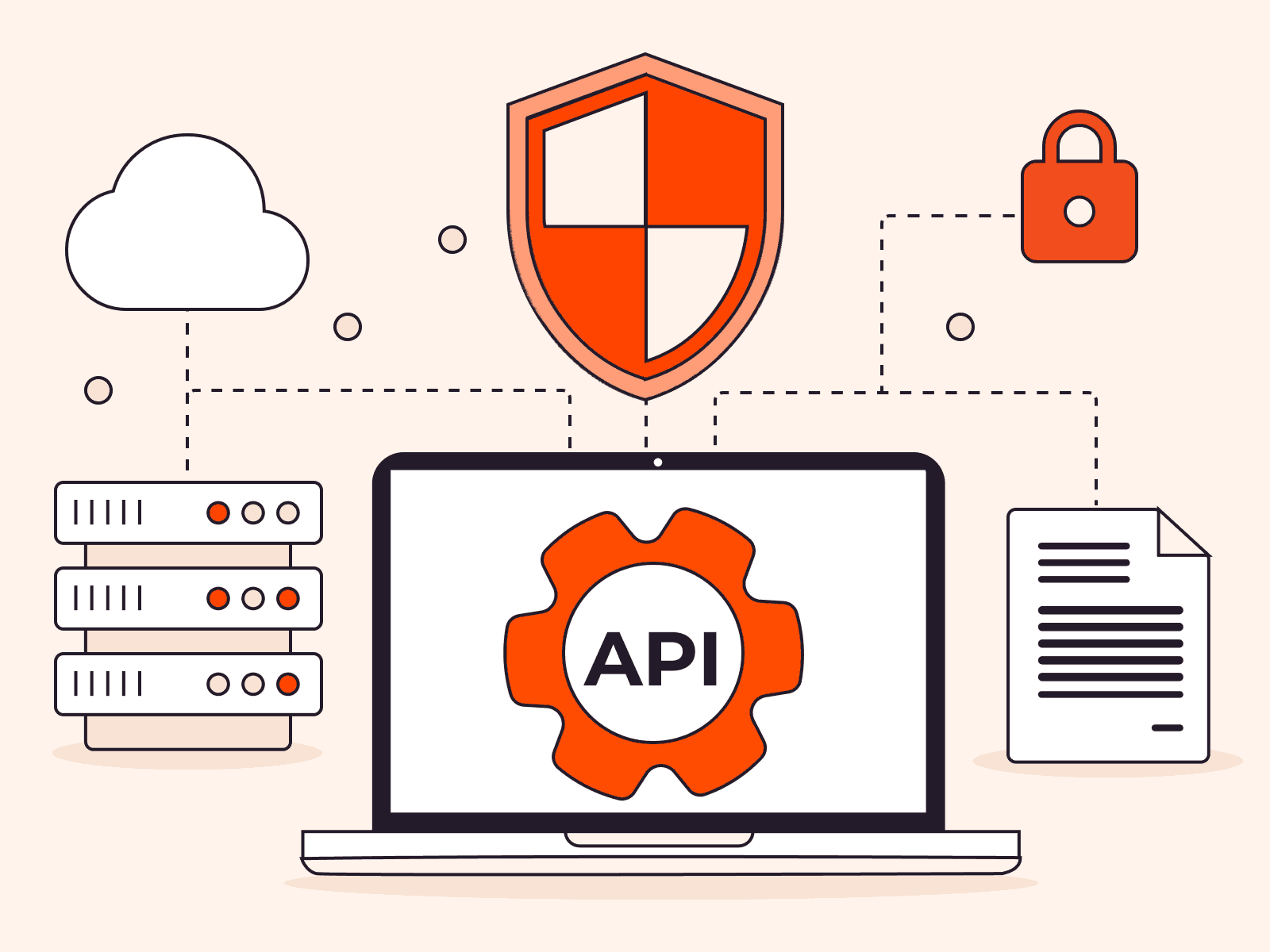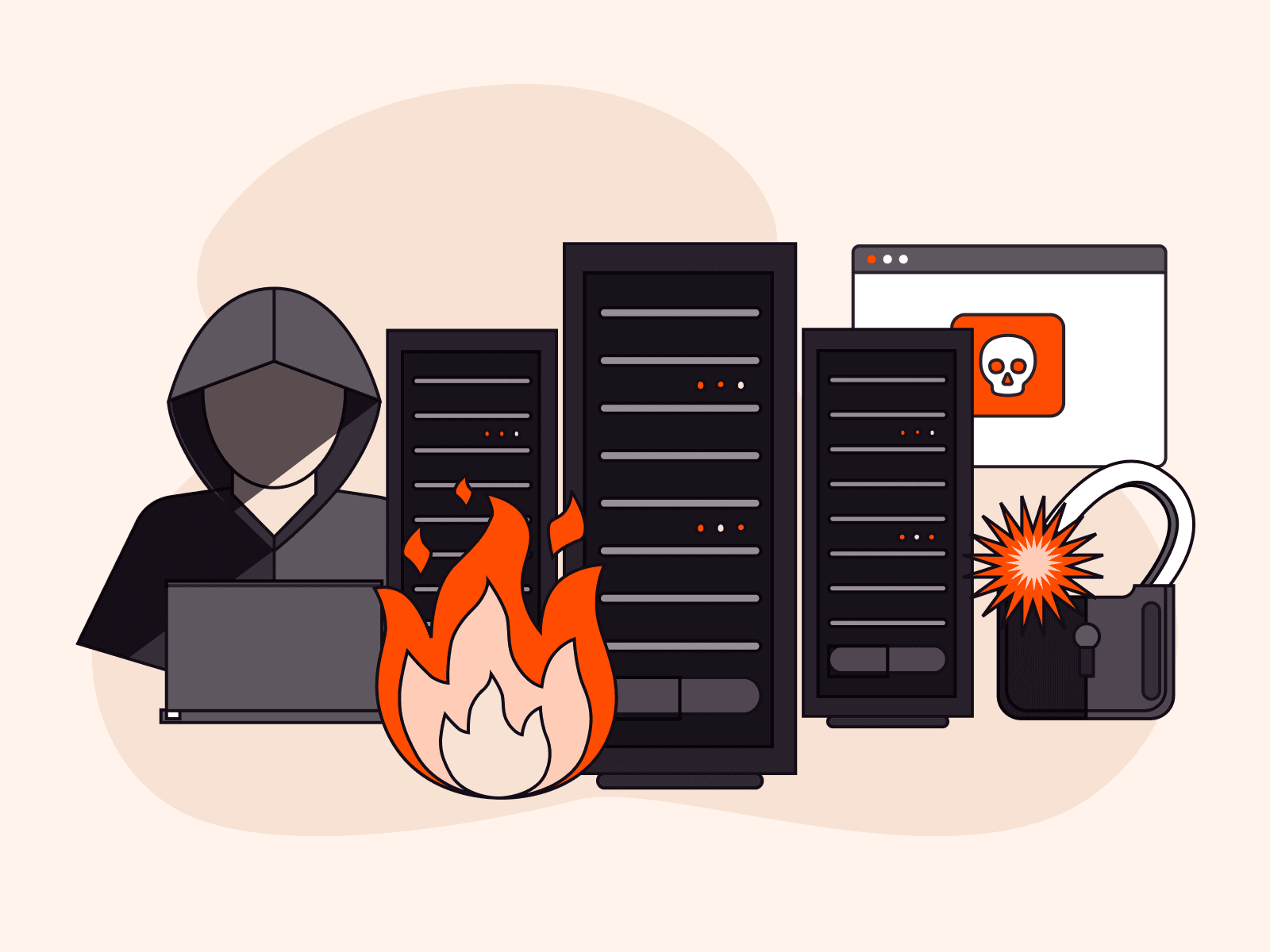Zero-day attack is a term for any attack that targets a vulnerability in software or hardware that has yet to be discovered by the vendor or developer. The term “zero-day” stems from the idea that the developer has had zero days to address or patch the vulnerability before it is exploited.

The danger of zero-day attacks lies in their unknownness. Because the vulnerabilities they target are undiscovered, traditional defense mechanisms or firewalls may not detect them as no specific patch exists, making attack success rates higher than for known attack types. This makes proactive and innovative security measures, like AI-enabled WAAP, crucial for organizations to stay secure.
Why are zero-day attacks a threat to businesses?
Zero-day attacks pose a unique challenge for businesses due to their unpredictable nature. Since these exploits take advantage of previously unknown vulnerabilities, organizations have no warning or time to deploy a patch before they are targeted. This makes zero-day attacks exceptionally difficult to detect and mitigate, leaving businesses vulnerable to potentially severe consequences. As a result, zero-day attacks can have devastating consequences for organizations of all sizes. They pose financial, reputational, and regulatory risks that can be difficult to recover from, including the following:
- Financial and operational damage: Ransomware attacks leveraging zero-day vulnerabilities can cripple operations and lead to significant financial losses due to data breach fines. According to recent studies, the average cost of a data breach in 2025 has surpassed $5 million, with zero-day exploits contributing significantly to these figures.
- Reputation and trust erosion: Beyond monetary losses, zero-day attacks erode customer trust. A single breach can damage an organization’s reputation, leading to customer churn and lost opportunities.
- Regulatory implications: With strict regulations like GDPR in the EU and similar frameworks emerging globally, organizations face hefty fines for data breaches. Zero-day vulnerabilities, though difficult to predict, do not exempt businesses from compliance obligations.
The threat is made clear by recent successful examples of zero-day attacks. The Log4j vulnerability (Log4Shell), discovered in 2021, affected millions of applications worldwide and was widely exploited. In 2023, the MOVEit Transfer exploit was used to compromise data from numerous government and corporate systems. These incidents demonstrate how zero-day attacks can have far-reaching consequences across different industries.
New trends in zero-day attacks
As cybercriminals become more sophisticated, zero-day attacks continue to evolve. New methods and technologies are making it easier for attackers to exploit vulnerabilities before they are discovered. The latest trends in zero-day attacks include AI-powered attacks, expanding attack surfaces, and sophisticated multi-vendor attacks.
AI-powered attacks
Attackers are increasingly leveraging artificial intelligence to identify and exploit vulnerabilities faster than ever before. AI tools can analyze vast amounts of code and detect potential weaknesses in a fraction of the time it would take a human. Moreover, AI can automate the creation of malware, making attacks more frequent and harder to counter.
For example, AI-driven malware can adapt in real time to avoid detection, making it particularly effective in targeting enterprise networks and cloud-based applications. Hypothetically, an attacker could use an AI algorithm to scan for weaknesses in widely used SaaS applications, launching an exploit before a patch is even possible.
Expanding attack surfaces
The digital transformation continues to expand the attack surface for zero-day exploits. APIs, IoT devices, and cloud-based services are increasingly targeted, as they often rely on interconnected systems with complex dependencies. A single unpatched vulnerability in an API could provide attackers with access to critical data or applications.
Sophisticated multi-vector attacks
Cybercriminals are combining zero-day exploits with other tactics, such as phishing or social engineering, to create multi-vector attacks. This approach increases the likelihood of success and makes defense efforts more challenging.
Prevent zero-day attacks with AI-powered WAAP
WAAP solutions are becoming a cornerstone of modern cybersecurity, particularly in addressing zero-day vulnerabilities. Here’s how they help:
- Behavioral analytics: WAAP solutions use behavioral models to detect unusual traffic patterns, blocking potential exploits before they can cause damage.
- Automated patching: By shielding applications with virtual patches, WAAP can provide immediate protection against vulnerabilities while a permanent fix is developed.
- API security: With APIs increasingly targeted, WAAP’s ability to secure API endpoints is critical. It ensures that only authorized requests are processed, reducing the risk of exploitation.
How WAAP stops AI-driven zero-day attacks
AI is not just a tool for attackers—it is also a powerful ally for defenders. Machine learning algorithms can analyze user behavior and network activity to identify anomalies in real time. These systems can detect and block suspicious activities that might indicate an attempted zero-day exploit.
Threat intelligence platforms powered by AI can also predict emerging vulnerabilities by analyzing trends and known exploits. This enables organizations to prepare for potential attacks before they occur.
At Gcore, our WAAP solution combines these features to provide comprehensive protection. By leveraging cutting-edge AI and machine learning, Gcore WAAP detects and mitigates threats in real time, keeping web applications and APIs secure even from zero-day attacks.
More prevention techniques
Beyond WAAP, layering protection techniques can further enhance your business’ ability to ward off zero-day attacks. Consider the following measures:
- Implement a robust patch management system so that known vulnerabilities are addressed promptly.
- Conduct regular security assessments and penetration testing to help identify potential weaknesses before attackers can exploit them.
- Educate employees about phishing and other social engineering tactics to decease the likelihood of successful attacks.
Protect your business against zero-day attacks with Gcore
Zero-day attacks pose a significant threat to businesses, with financial, reputational, and regulatory consequences. The rise of AI-powered cyberattacks and expanding digital attack surfaces make these threats even more pressing. Organizations must adopt proactive security measures, including AI-driven defense mechanisms like WAAP, to protect their critical applications and data. By leveraging behavioral analytics, automated patching, and advanced threat intelligence, businesses can minimize their risk and stay ahead of attackers.
Gcore’s AI-powered WAAP provides the robust protection your business needs to defend against zero-day attacks. With real-time threat detection, virtual patching, and API security, Gcore WAAP ensures that your web applications remain protected against even the most advanced cyber threats, including zero-day threats. Don’t wait until it’s too late—secure your business today with Gcore’s cutting-edge security solutions.
Related articles
Subscribe to our newsletter
Get the latest industry trends, exclusive insights, and Gcore updates delivered straight to your inbox.
